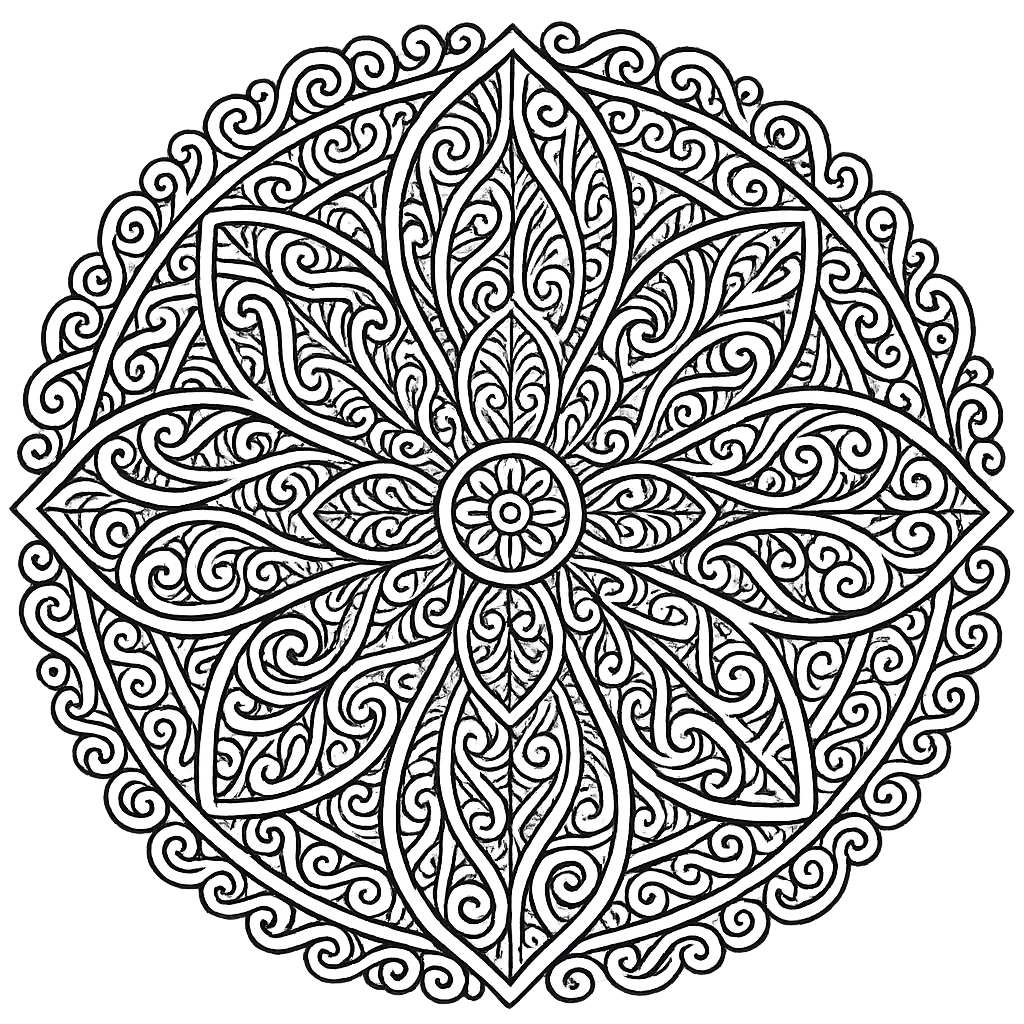Shooting for the Stars: A Beginner's Guide to Astrophotography
Introduction
Since I was a little boy camping out with my cousins, stargazing, and looking for comets I have been fascinated about the night sky. As an adult, I am now even more excited about the thought of being able to capture those beautiful images.
Astrophotography has soared to new heights in popularity, capturing the imagination of photographers and stargazers alike. This blog post navigates the mesmerising universe of capturing celestial bodies through the lens of a camera. From the Milky Way’s spiral arms to the moon's craggy surface, we'll guide you on how to immortalise these cosmic wonders.
PHOTO CREDITS
1. Photo by Jake Weirick on Unsplash 2. Photo by Jeremy Thomas on Unsplash 3. Photo by Michael on Unsplash 4. Photo by Felix Mittermeier on Unsplash
Why Astrophotography is Trending
The allure of astrophotography lies in its ability to bridge the vastness of space, bringing the universe a little closer to home. It's not just about taking pictures; it's about connecting with the cosmos. With advancements in technology and the rise of social media platforms, more individuals are showcasing their celestial captures, fueling a growing curiosity and interest. While specific statistics vary, the consistent upward trend in online searches for astrophotography gear and tutorials underscores its increasing popularity.
Getting Started with Astrophotography
Required Equipment:
DSLR or mirrorless camera with manual settings: Your gateway to capturing the cosmos.
Sturdy tripod: Essential for stability during long exposures.
Remote shutter release: This captures shots without touching the camera and avoiding any shaking.
Intervalometer: Helps in setting up time-lapses and long exposure sequences.
Telescope (optional): For deep-sky photography aiming at distant galaxies and nebulae.
Camera Settings for Astrophotography:
Aperture, shutter speed, and ISO settings: Aim for a wide aperture (low f-number), a shutter speed of around 20-30 seconds to avoid star trails (unless that's your goal), and an ISO setting that balances brightness and noise, typically between 1600 and 3200, depending on your camera’s capabilities.
Focus tips for capturing stars and galaxies: Manual focus is king in astrophotography. Use live view mode to zoom in on a bright star and adjust focus until it’s a sharp point of light.
Location Scouting Tips for Ideal Astrophotography Spots:
Seek out areas with low light pollution, often far from city lights. Apps and websites like Dark Site Finder can help in scouting ideal locations.
Resources for Learning More
Online Tutorials and Courses:
Check out websites like https://sky-tonight.com/ or https://www.meghanmaloneyphotography.co.nz/ for comprehensive guides.
YouTube channels dedicated to astrophotography tutorials offer valuable visual insights and techniques.
Books and Guides for Beginners in Astrophotography:
There are numerous informative books that detail the intricacies of astrophotography, from gear to post-processing techniques.
Local Astronomy Clubs or Workshops:
Joining a local astronomy club or participating in workshops can provide hands-on experience and mentorship from seasoned astrophotographers.
Conclusion
Astrophotography’s blend of science, art, and technology offers a unique lens through which to explore the universe. As you venture into capturing the night sky, remember that patience and practice are as vital as the right gear. The cosmos is vast and ever-changing, providing endless opportunities for stunning photography.
Call-to-Action
We’d love to hear about your astrophotography ventures! Share your experiences or any questions in the comments section below. For more tips and celestial inspiration, follow us on our social media platforms.
Let's embark on this astronomical journey together, capturing the beauty of the cosmos through our lenses.
Written By Tony Cutting
For Aotearoa Today



















Lisa was born in Auckland at the start of the 1970s, living in a small campsite community on the North Shore called Browns Bay. She spent a significant part of her life with her grandparents, often hanging out at the beaches. Lisa has many happy memories from those days at Browns Bay beach, where fish were plentiful on the point and the ocean was rich in seaweed. She played in the water for hours, going home totally “sun-kissed.” “An adorable time to grow up,” Lisa tells me.
Lisa enjoyed many sports; she was a keen tennis player and netballer, playing in the top teams for her age right up until the family moved to Wellington. Lisa was fifteen years old, which unfortunately marked the end of her sporting career. Local teams were well established in Wellington, and her attention was drawn elsewhere.